You have just been given a choice. You have to choose between a Merino wool scarf and a Cashmere scarf. What do you choose? How do you choose? Do you have enough knowledge about Merino wool and Cashmere that will affect your choice?
The only thing that will help you shop like a breeze is the perfect knowledge about the products you have to choose between. Hence we write this blog today to give you the right information about the basic rules of winter shopping. What is merino wool? What is Cashmere? Is Cashmere also a wool type? Do we only have two alternatives, or can we opt for a third one? Sit back and relax, as we take you into the basics of the wool industry
What is Wool?
The thick coat found on a sheep’s body is wool. And that is the only thing that wool is. A goat’s coat won't be called wool, but hair. Nevertheless, animals have two kinds of hair or wool on their bodies, One is the overcoat or guard hair which protects animals from rain primarily. And the other, finer version of wool or hair is the undercoat, which keeps them warm. Overcoats are thick and less pricey, while undercoats are fine, warm, and expensive when sold as processed products.
History of Wool
It is not some decades ago, but wool has a deep history. It is believed that wool used in garments dates back to 6000 BC. Ancient Iranians are believed to be the first ones to rear sheep and use their wool in garments and process them into fabric. This practice of theirs is still fruitful, and the wool industry knows no bounds till now. There is just one difference. They only used sheep wool, but today wool has a large number of variants. Wool types are classified on the basis of softness, fineness, and warmth. Again users have to choose between wool and hair, as hair has different sources from goats, rabbits, or alpacas.
Properties of Wool
Wool remains the most preferred fabric as soon as winter arrives. Here are a number of strong reasons that make wool the first thought.
- Wool is really durable and hard to tear as compared to some fine variants
- Wool has good insulation properties. Its moisture-absorbing properties and the ability to trap air keeps its users warm.
- Wool takes in dyes really well. Just one coating of a dye is sufficient to change the colour of wool fabric.
- The best thing about wool is that it is recyclable.
Types of Wool
There are a number of varieties of wool. Let us summarize:
Lambswool
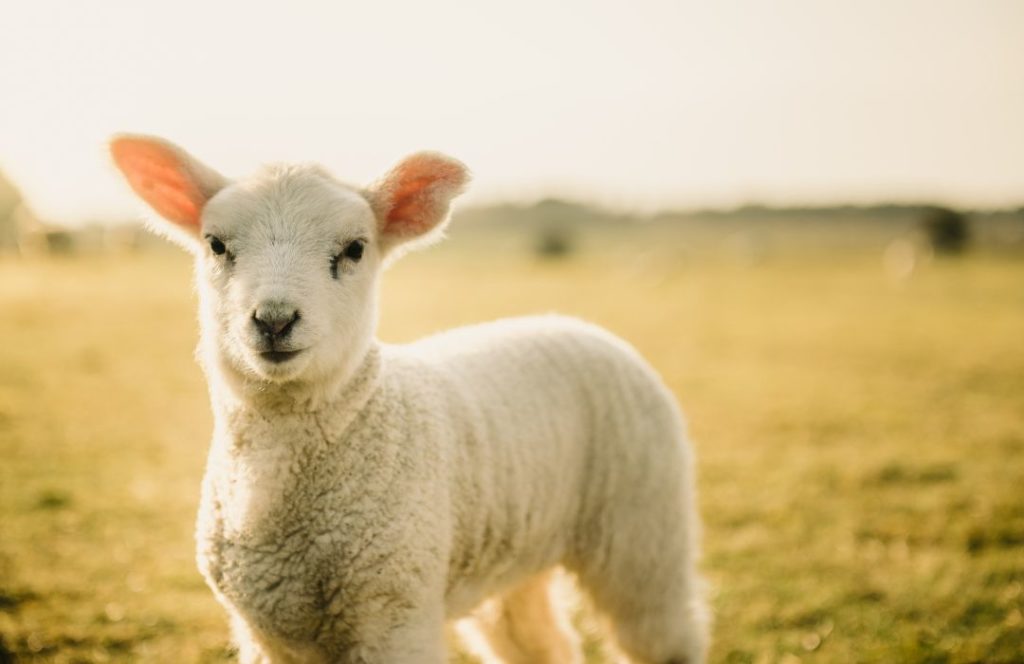
The very first shearing of a baby sheep gives off a really fine and soft wool, which is called Lambswool. Lambswool comes from a lamb younger than 7 months old. 1 to 13 kg of wool can be produced by a single animal. It depends on their breed, health condition, and type. Some sheep breeds produce wool strong enough to make carpets, while others produce fine wool for making wraps or scarves.
Merino Wool
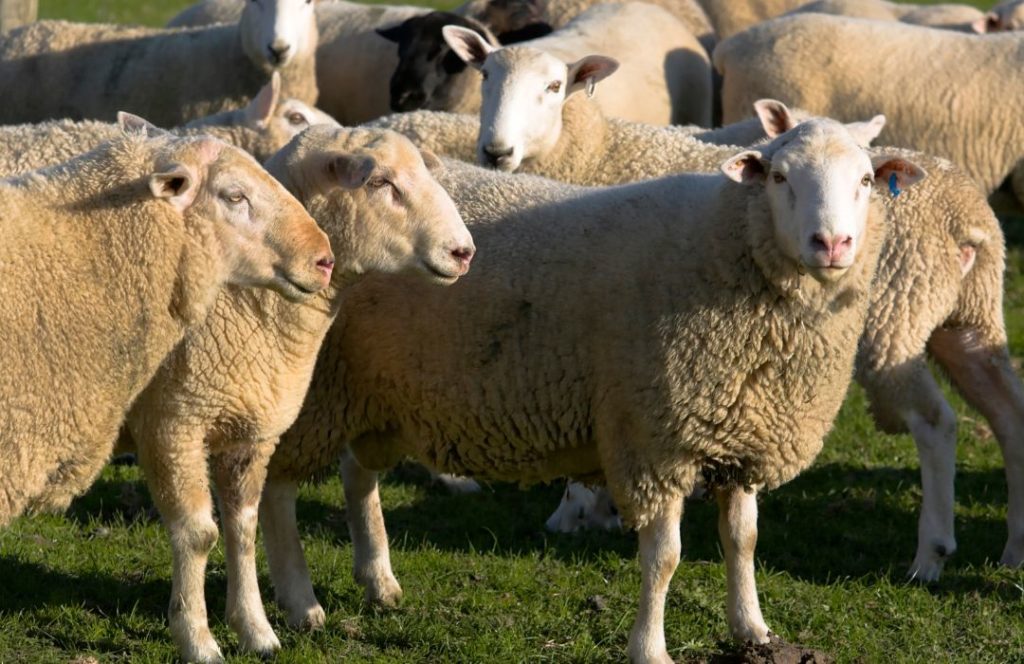
This wool comes from merino sheep. It is the softest wool in the world and the most sorted one. It is popular for being used in clothing. Merino wool clothing is warm, luxurious, and fine as compared to other sheep wool types. It is believed that the micron count of Merino fibre can go down to even 20 microns at times.
Mohair wool
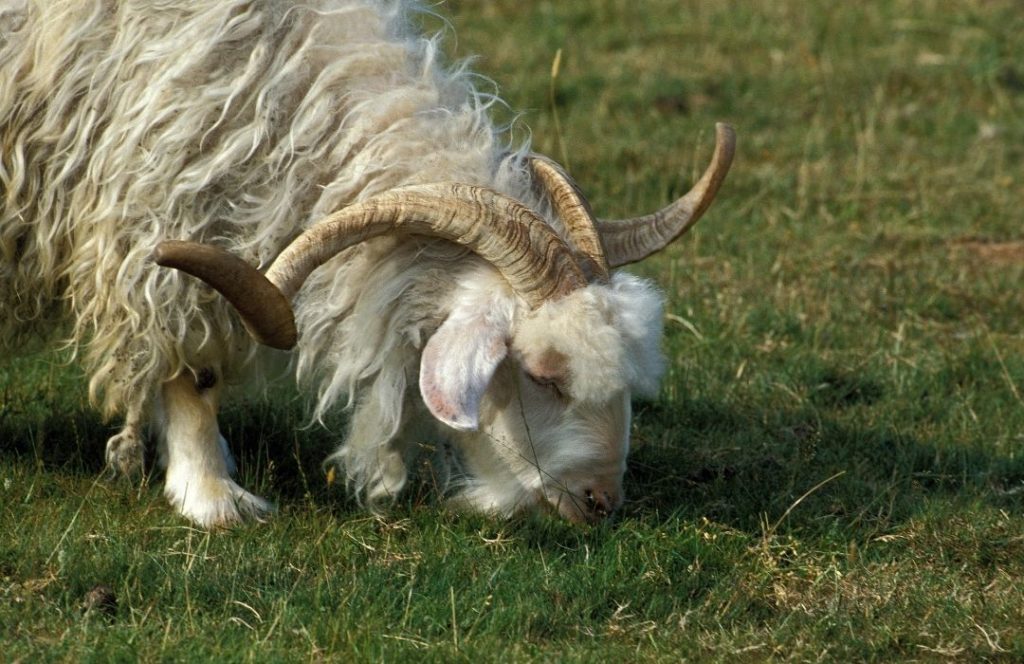
Mohair is goat hair, which comes from the Angora goat. The hair has more length, which makes the final product a smooth appearance and feel. Mohair products are shiny, soft, and lustrous. These are durable and hence used in making apparel, baby clothing, sweaters, and wraps.
Angora wool
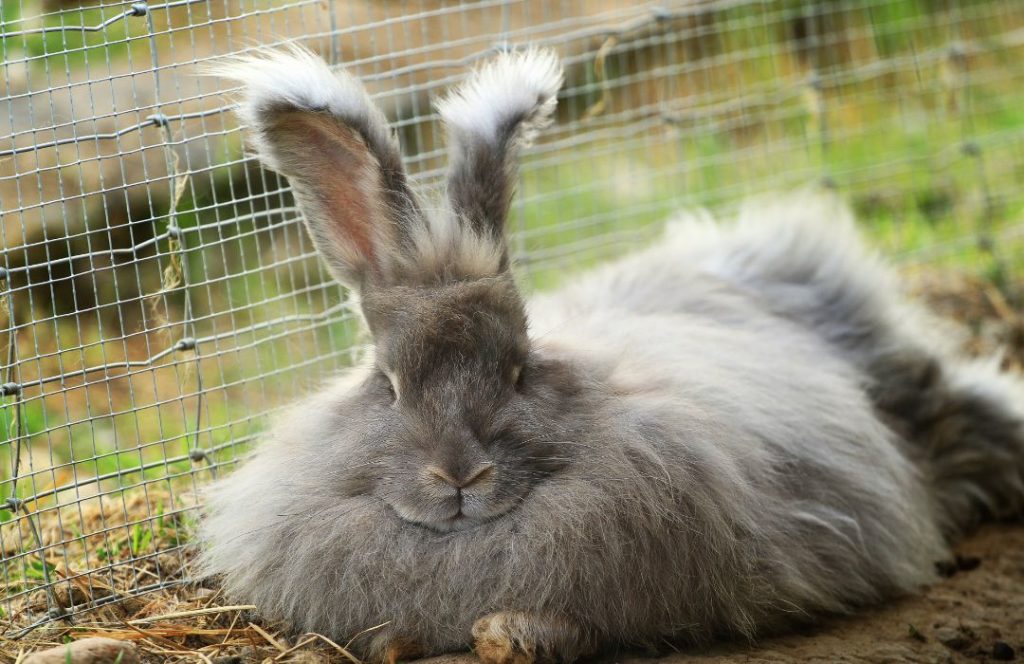
This fine hair is sourced from the undercoat of the Angora rabbit. Angora hair products are exceptionally soft and smooth owing to the fact that Angora fibre is just 10-15 microns in diameter. Angora rabbits are combed throughout the year, and by the end of the year, they produce up to 500 grams of wool.
Qiviut
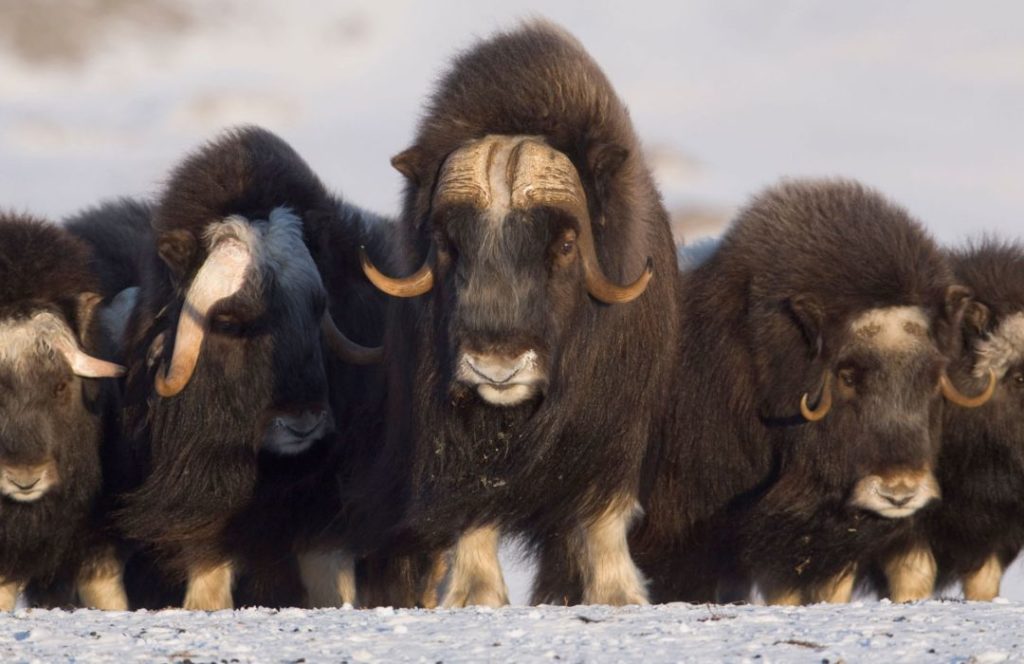
It is the arctic musk ox that gives Qiviut. Qiviut is fine, expensive, and softer as compared to sheep wool. It has the amazing property of not shrinking in water and is surprisingly 8 times warmer than sheep wool. Like Cashmere, the musk ox sheds its fleece in the moulting season, and its herders comb it off gently and pick it from the ground.
Cashmere wool
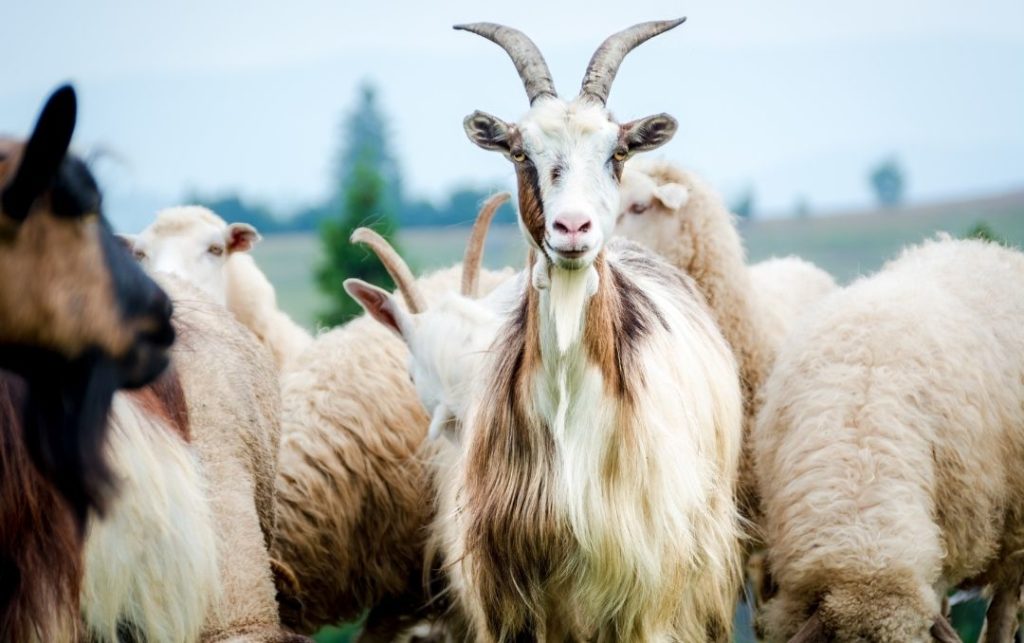
Cashmere, as explained earlier, is also goat hair. It is the down coat of the Changthangi goat. Cashmere is world-famous for its warmth, softness, and grace. The diameter of a Cashmere fibre is just 12 to 16 microns, which is one-fourth of a human hair. Cashmere is found growing on the underbelly and neck areas of the Cashmere goat. One goat yields around 150 grams of wool per year, which makes it scarce and hence expensive. Wool from 3 to 4 goats is used to make one Cashmere wrap.
Also read: WHICH COUNTRY HAS THE BEST CASHMERE?
Vicuna
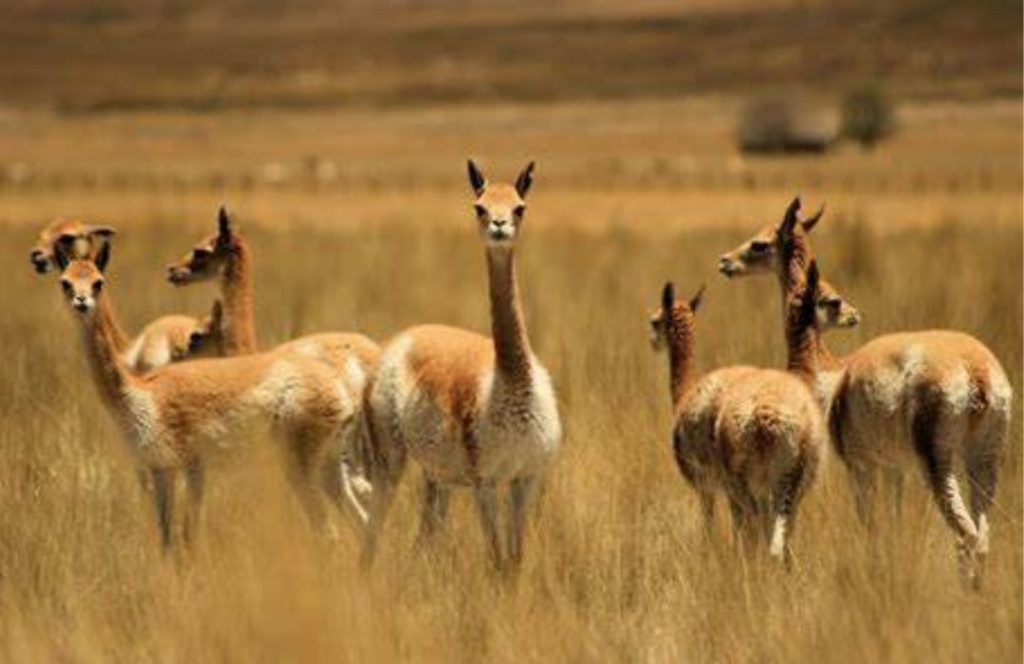
One of the rarest kinds of wool in the world is Vicuna. Vicuna is even finer than Cashmere. It comes from the vicuna, a small llama-like animal, which is native to the Andes Mountains in Peru. The hair of Vicuna is exceptionally gentle, and owing to this, it doesn't accept dyes. Hence Vicuna wraps are always in their natural shade.
Is Merino wool better than Cashmere?
Both Merino and Cashmere are warm, soft, and comfy, and make their wearers quite stylish. There are, however, a large number of differences between them, which make the Cashmere class apart. Both these wool and hair varieties are unique in their own way, but there are a number of features that make Cashmere expensive and sorted all over the world.
- Cashmere is 8 times warmer than Merino wool. Hence Cashmere is more expensive, as it gives more warmth, and is more lightweight in comparison.
- Cashmere is softer than merino wool. Its fibre is just 12 to 16 microns.
- Merino wool is more durable than Cashmere. Cashmere can tear easily when treated harshly.
Also read: IS CASHMERE THE SAME AS PASHMINA?
Is Mohair more expensive than Cashmere?
Cashmere is generally considered more expensive than Mohair due to factors like rarity and processing, it's important to note that the price of both fibers can vary widely based on various factors. When considering luxury fibers like Cashmere and Mohair, it's advisable to research the product's quality, authenticity, and craftsmanship before making a purchase.